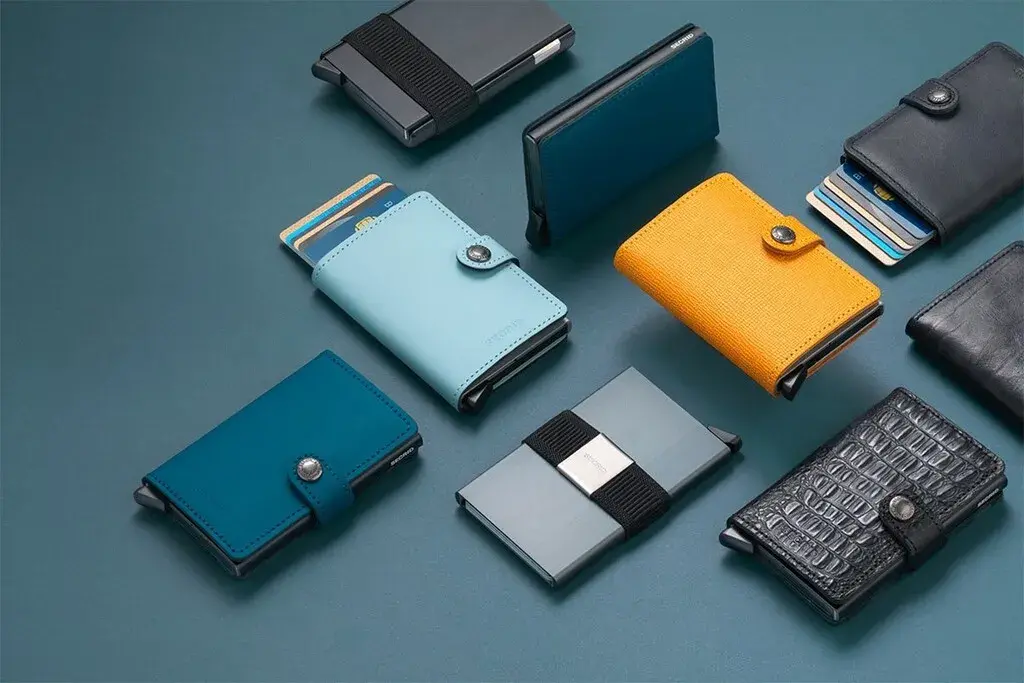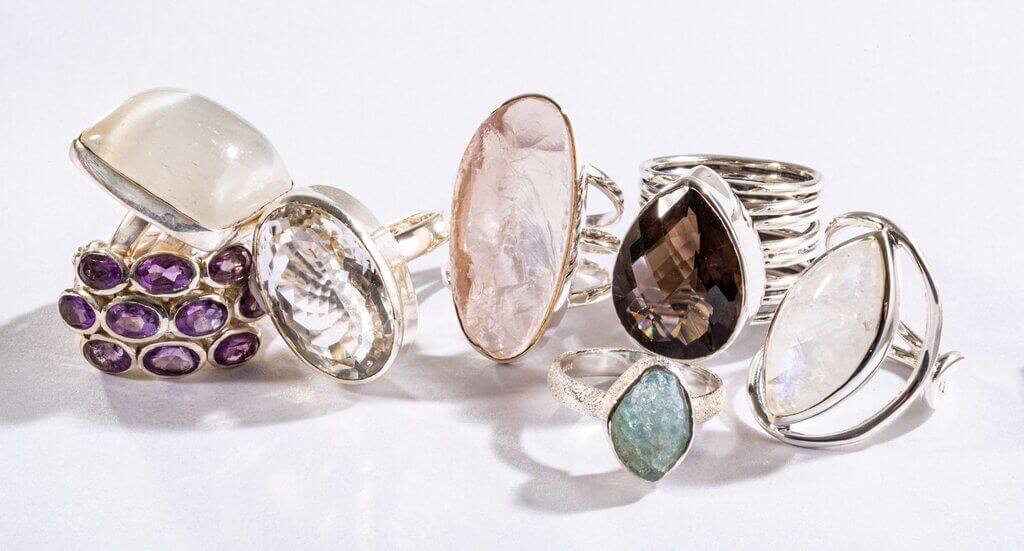Navel piercings, also known as belly button piercings, have captivated the world of body art with their unique charm and versatility. They add a touch of allure to the midriff, becoming a symbol of individuality and style. If you’re planning to explore the world of navel piercings, it’s crucial to delve into the intricacies of placement and the pain associated with them, ensuring a well-informed decision and a positive piercing experience.
What are Different Parts of the Navel ?

The navel, commonly known as the belly button, is what remains after the umbilical cord is cut during childbirth. Although it doesn’t serve any purpose after childbirth, the navel can be an ideal site for body piercings.
In fact, the navel consists of three distinct folds or areas that can be utilized for body piercings. They’re the superior fold, inferior fold, and the median fold. The upper fold is located closest to the breastbone. Meanwhile, the inferior fold or lower fold is situated near the pubic bone. Lastly, the median is nestled between the two.
Various Navel Piercing Placements

The ideal placement for belly button piercings depends on the individual’s anatomy and personal preferences. Take note that there are some general guidelines that piercers follow to ensure optimal results. Check them out below:
Navel Piercing Placement In The Superior Fold
Superior fold placement is said to be the most common placement for navel piercings. The superior fold is typically thicker and less sensitive than the other folds, making it a more comfortable piercing option. Additionally, the superior fold provides ample room for jewelry movement, allowing for a variety of decorative options.
Inferior Fold Placement for Navel Piercings
Inferior fold placement is recommended for those who have a ‘deep’ belly button. The inferior fold is often thinner and more sensitive than the superior fold, so it may be more painful to pierce. Nonetheless, this placement can be a stylish choice for those who prefer a lower piercing position.
Median Fold Placement for Navel Piercings
The median fold isn’t the go-to for navel piercings due to the difficult healing process, along with the possibility of the piercing moving. Further, the median fold is often thin and highly sensitive, making it a more challenging area to pierce. Finally, the placement of the piercing jewelry can cause it to always snag on clothing, which can lead to poor healing and/or infection.
The Pain Associate with Navel Piercings

It’s best to keep in mind that the level of pain experienced with navel piercings varies from person to person. Yet, it’s important to set realistic expectations and understand the factors that influence pain levels.
- Anatomy: The thickness of the skin and the presence of nerves in the navel area can affect pain levels.
- Piercer’s Technique: A skilled piercer can minimize pain by using precise techniques and sharp needles.
- Individual Sensitivity: Pain tolerance varies among individuals, and some people may experience more discomfort than others.
Navel Piercing Healing 101

Once you’ve successfully hurdled the pain during the piercing procedure, you’re now ready to take on the healing stage. Proper aftercare is crucial to ensure a smooth and successful healing process.
For starters, cleanliness is key. Wash your piercing twice a day with a mild saline solution to avoid bacterial buildup. Avoid touching or playing with your piercing to prevent irritation and infection.
Next, your clothing choices matter. For the next couple of weeks, go for loose-fitting, breathable clothing to minimize friction and discomfort.
Finally, patience is a virtue. Complete healing takes time, typically ranging from six to twelve months. Be patient and follow the aftercare instructions provided to you diligently.
Additional Considerations for Optimal Piercing Care

While it’s fun to experiment with different jewelry styles, avoid overusing or frequently changing your jewelry, as this can disrupt the healing process and increase the risk of irritation or infection. Allow your piercing to fully heal before introducing new jewelry.
And if you experience any discomfort, irritation, or signs of infection, consult your piercer or a healthcare professional promptly. They can assess the situation and provide appropriate treatment or advice.
Debunking Myths Surrounding Navel Piercings

Navel Piercings Are Only for Women
Navel piercings are a popular choice for both men and women. Personal style and preferences should guide your decision, not societal norms. Embrace your individuality and express yourself through the art of body adornment.
Navel Piercings Always Get Infected
Proper aftercare is crucial for preventing infections in any piercing. Follow the cleaning instructions provided by your piercer and maintain good overall hygiene practices. With proper care, the risk of infection is minimal.
Navel Piercings Can Damage Your Internal Organs
Navel piercings are performed in the superficial layers of the skin, far from any internal organs. Piercers have extensive knowledge of anatomy and ensure that the piercing is placed safely and accurately.
Getting Navel Piercings Makes You Look Unprofessional And Will Hinder Job Prospects
In today’s diverse and inclusive workplaces, navel piercings are generally accepted and do not significantly impact professional opportunities. But it’s always advisable to check the dress code and grooming policies of your workplace before making any decisions.
To Conclude
Navel piercings are wonderful. To gain a wonderful experience, you ought to know various insights, such as the multiple jewelry placements, pain associated with the procedure, and so many more.
Explore Further:




